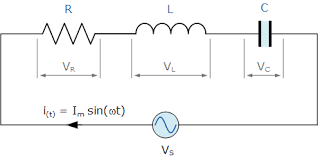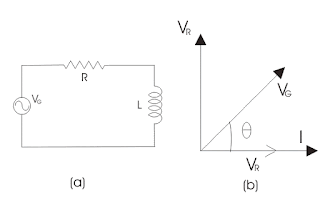Photo diode Working Principle, Characteristics and Applications

Photodiode Working Principle, Characteristics and Applications A photodiode is a PN-junction diode that consumes light energy to produce electric current. Sometimes it is also called as photo-detector, a light detector, and photo-sensor. These diodes are particularly designed to work in reverse bias condition, it means that the P-side of the photodiode is associated with the negative terminal of the battery and n-side is connected to the positive terminal of the battery. This diode is very complex to light so when light falls on the diode it easily changes light into electric current. The solar cell is also branded as large area photodiode because it converts solar energy into electric energy . Though, solar cell works only in bright light. What is a Photodiode? A photodiode is one type of light detector, used to convert the light into current or voltage based on the mode of operation of the device. It comprises of optical filters, built-in lenses and also su...




